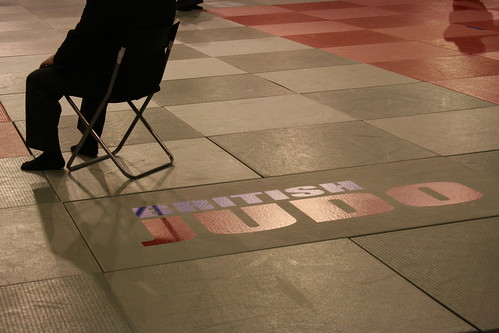BJA JUNIOR 4TH -> 5TH MON SYLLABUS
 Welcome to fourth in this series on the BJA (British Judo Association) Mon grade syllabus. This series is designed to help you as a parent ensure that your child feels confident they know all they need to know before attending a grading. This helps ensure they have a positive experience. For more information the official BJA guidance is available at http://britishjudo.org.uk/technical/gradings_home.php
Welcome to fourth in this series on the BJA (British Judo Association) Mon grade syllabus. This series is designed to help you as a parent ensure that your child feels confident they know all they need to know before attending a grading. This helps ensure they have a positive experience. For more information the official BJA guidance is available at http://britishjudo.org.uk/technical/gradings_home.php
Official requirements for 5th Mon from BJA:
FUNDAMENTAL SKILLS
Ukemi: Mae Mawari Ukemi III
Tachi-waza: Ippon-seoi-nage
Osae-komi-waza: Kami-shiho-gatame
PERFORMANCE SKILLS
Combination Techniques: Ippon-seoi-nage into Kami-shiho-gatame
Ne-waza:
- turnover into Kesa-gatame (Uke in “all fours” position)
- escape from Kami-shiho-gatame using ‘action and re-action’
Kumi-kata: demonstrate alternatives to the right and left standard grips
PERSONAL CHOICE
Candidates are required to demonstrate two of their favourite waza
TERMINOLOGY AND SUPPLEMENTARY KNOWLEDGE
Candidates are required to know the common English translations and meaning of all Japanese terminology used in this section
NOTES
1. For the personal choice element, the judoka is required to demonstrate their favourite waza which may be demonstrated
either to the right or to the left with any suitable grip.
As with prior weeks, below are some images and words to help you ensure that your child knows what is required of them when they are examined for the British Judo Association’s 5th Mon grading:



Turnover into Kesa Gatame: The BJA syllabus and even the BJA pictorial guide are not very clear on what sort of turnover should be done. The example in the pictorial guide shows the play kneeling next to there partner, who is on elbows and knees. They then, reach with the hand closest to the belt and grasp their partners lapel, going under the body and staying below the arm/armpit. The other hand (nearest the head), reaches across to the partners far arm, grabbing on the sleeve at forearm level. This arm is them pulled back towards you and the other arm used to lever the opponent onto their back and side; ending up holding them in Kesa gatame.
Escape from Kami Shiho Gatame: The version shown in the BJA pictorial guide shows the person being held down, twisting/rocking first to their left then turning over on to their stomachs to the right. It is a “pencil roll” type of movement.
Kumi Kata: Your child should be able to show an alternative grip to the standard “sleeve and lapel” Judo grip.For example, taking a double lapel grip or double sleeve grip “should” be okay. The Example in the pictorial guide appears to be a high grip on the collar and a sleeve grip held on top of the opponents arm rather than under it as in the normal grip.
Terminology:
- Ukemi = Breakfall
- Mae Mawari Ukemi = Forward Rolling Breakfall
- Tachi Waza = Standing/throwing techniques
- Ippon Seoi Nage = One arm shoulder throw
- Ne Waza = Ground techniques
- Osae Komi Waza = Hold Down techniques
- Kami Shiho Gatame = Upper four quarters hold down
- Kesa Gatame = “Scarf” hold
- Judoka = Someone who does Judo
As with all things pertaining to grading, it is wise to make sure that you speak with your child’s coach and an examiner for clarification on any of the above. I have included them here just to help, not as a definitive guide.
![Reblog this post [with Zemanta]](https://img.zemanta.com/reblog_e.png?x-id=4e5c0ab4-5541-4b36-8633-9e56b353d105)
please can you give further detail on the escape on kami-shiho-gatame as it is not completely clear
thanks